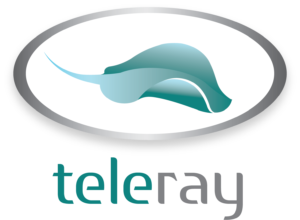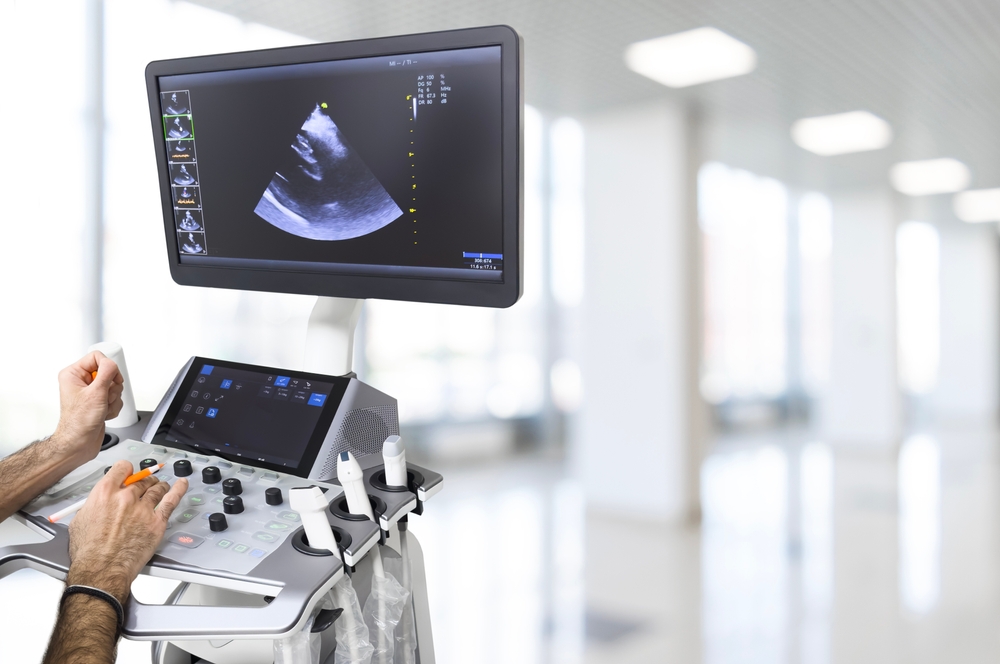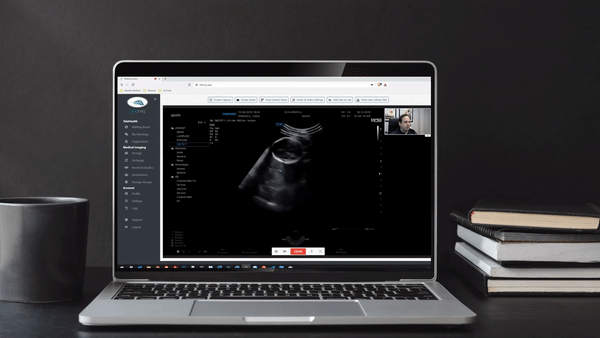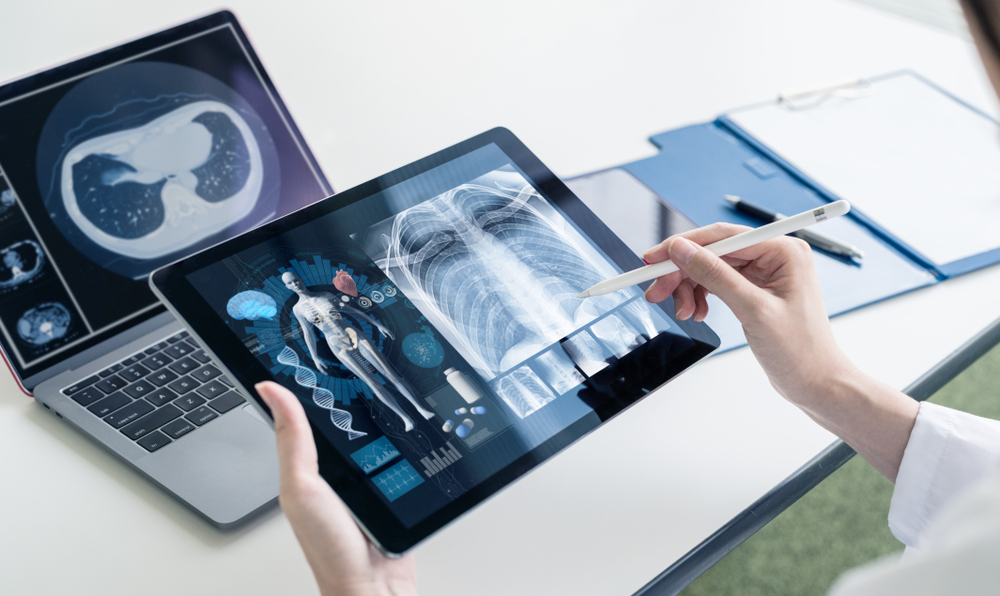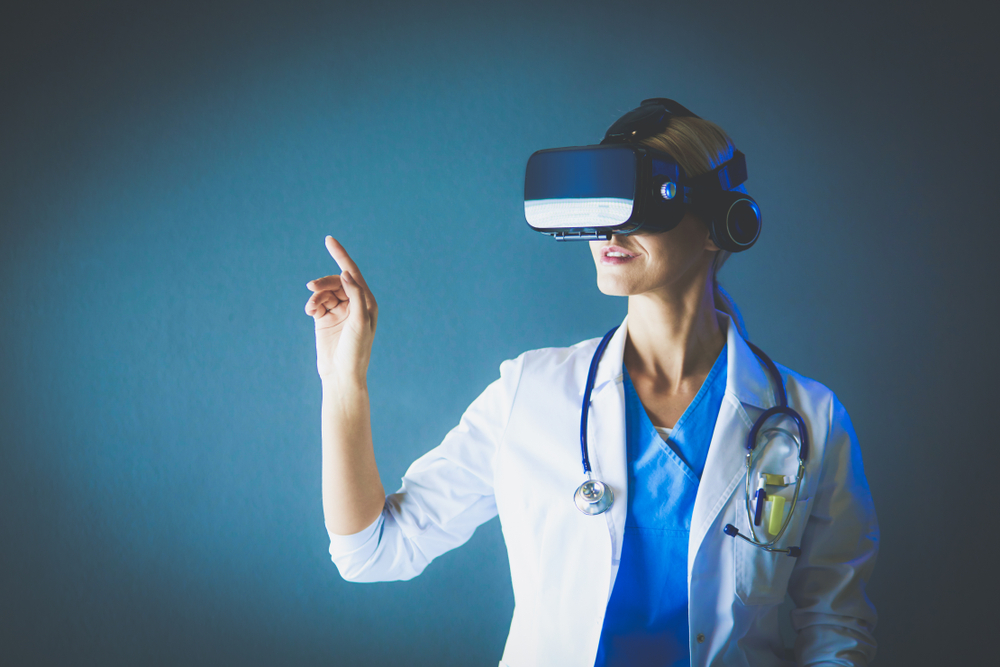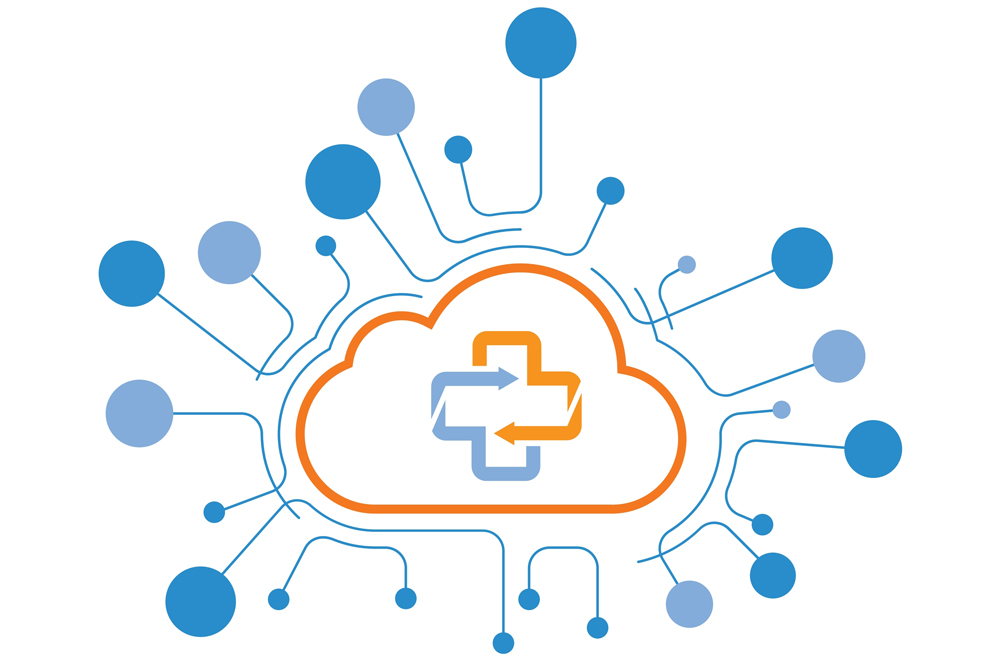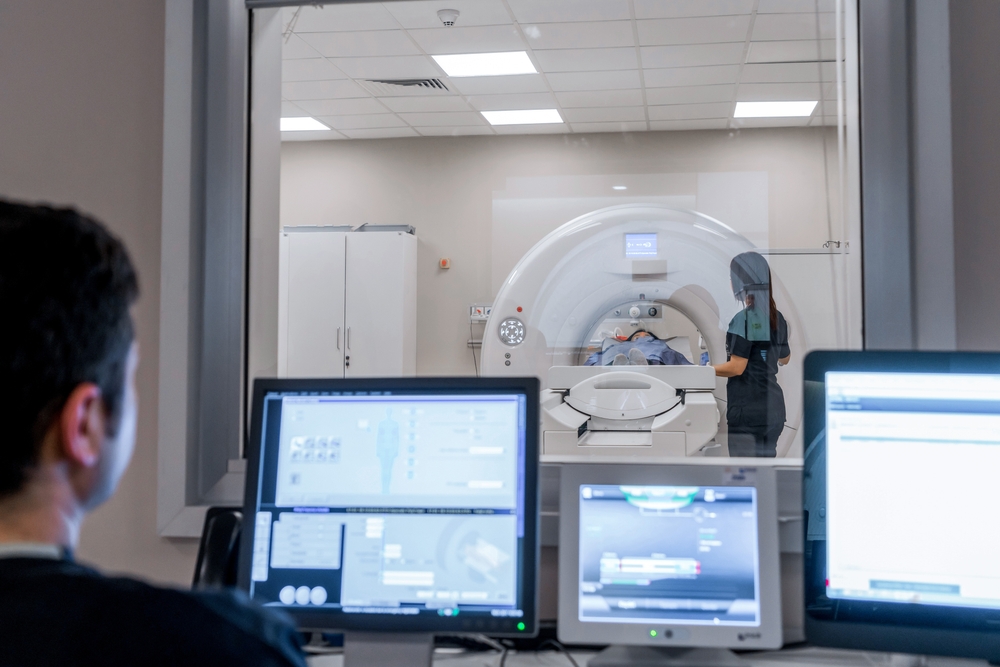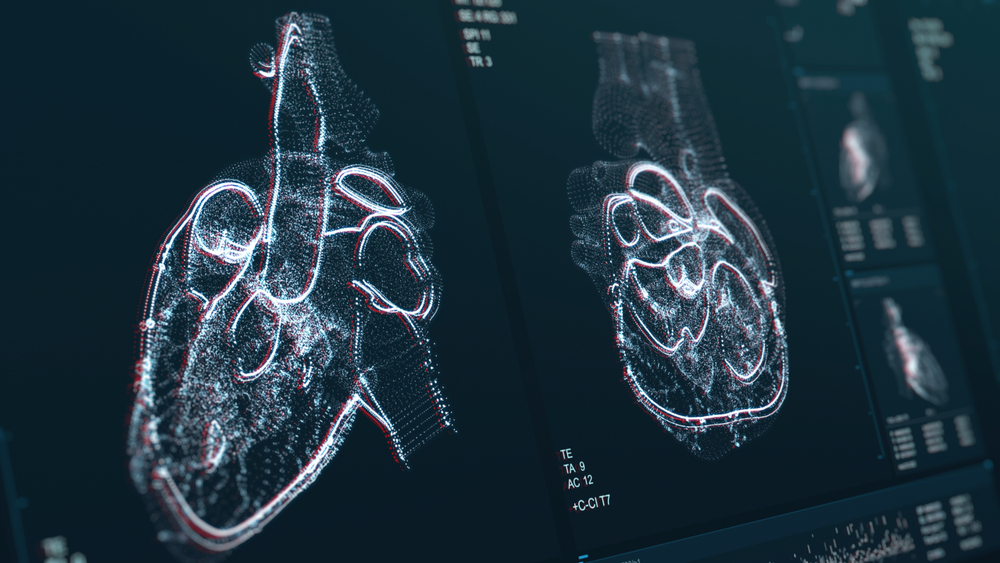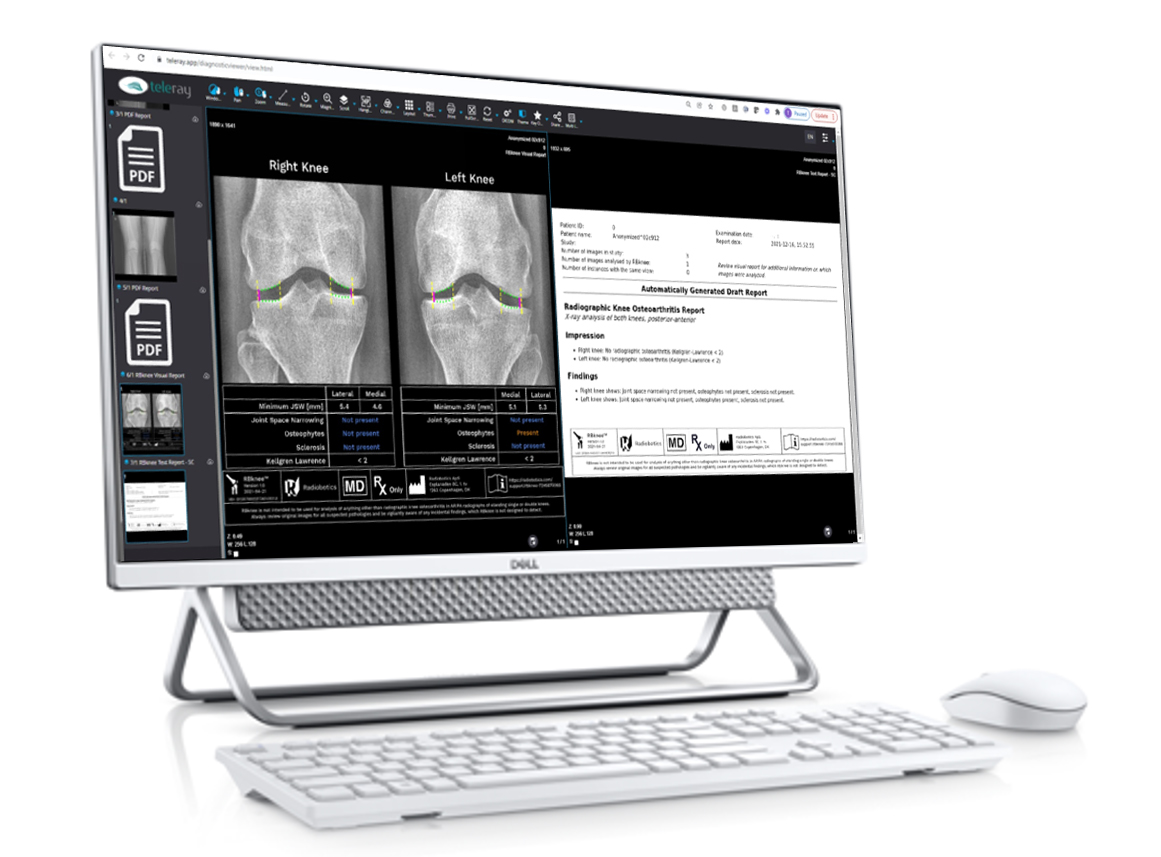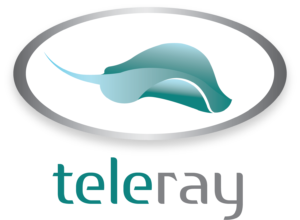In rural areas, accessing specialized medical care has long been a daunting challenge for patients in need. Long distances to facilities, funding challenges, access to specialists, and high costs in general can all present barriers to diagnosis and treatment. However, as digitization sweeps across the healthcare landscape, technology has emerged as an equalizer. Remote ultrasound in particular is a game-changer that’s revolutionizing the way specialist care is delivered to rural populations.
Rural health challenges
To understand the potential of remote ultrasound, you must consider the social determinants of health (SDOH) rural populations face as they seek specialist care. Some of the biggest hurdles include:
- Geographic isolation: Rural healthcare facilities are often fewer and farther from the populations they serve. This can make it difficult (and expensive) for patients to travel to see a specialist.
- Transportation challenges: Rural patients may not have access to reliable transportation, which can make it problematic for them to travel to see a specialist. Moreover, public transit is generally lacking in rural communities.
- Lack of specialists: There are fewer practicing specialists in rural areas than in urban areas. This is due to a number of factors, including lower population density in rural areas, as well as pay inequalities for rural providers.
- Cost of care: The cost of specialist care can be high, and rural patients may not have the financial resources to pay for it. Insurance may only offer limited coverage for specialists. These high out-of-pocket expenses can cause patients to forgo care.
These challenges can make it difficult for rural patients to get the proactive care they need — particularly from specialists who play a critical role in assessing treatment for chronic or unique conditions.

Enter remote ultrasound
Over the past decade, ultrasound has moved to the forefront of medicine across numerous specialties. Its diagnostic abilities allow internal medicine specialists to diagnose, assess, treat, and monitor conditions. Ultrasound has also benefitted from innovations in artificial intelligence (AI) and point-of-care ultrasound (PoCUS), which have made it more accessible and reliable.
Perhaps the most important ultrasound innovation recently is remote imaging. This segment of telemedicine enables any qualified diagnostician to scan patients and transmit images to specialists in real time — wherever they are. Through platforms like TeleRay Remote, clinicians can even control equipment remotely to manipulate scan images or consult with patients using their scans as a guide.
Remote ultrasound is also incredibly secure. Because patient data is encrypted and transmitted directly from end to end, patients and providers get peace of mind in not only the level of care being provided but also the integrity of the experience.

Empowering specialists to help rural patients
Providers in rural communities often face challenges driven by their location. Their caseloads are higher, and they frequently see patients for longer periods of their lives, treating conditions that may be exacerbated by other healthcare barriers. This means they’re often seeking innovations that help provide optimal care within these constraints.
Remote ultrasound helps rural clinicians get the support they need. Thanks to remote ultrasound, they’re no longer constrained by the resources immediately available to them. On top of these benefits, remote ultrasound also:
- Allows use via cellular networks despite poor internet coverage
- Eliminates the need for on-site specialists to receive and interpret high-fidelity scans
- Helps reduce the workload of specialists due to fewer non-anomalous referrals
- Enables training and support for non-specialist healthcare providers and diagnosticians
- Offers portability and can be part of mobile clinics and care units
- Ensures patient privacy through direct P2P transmission in compliance with HIPAA laws
- Lowers healthcare costs by preventing rescans, unnecessary referrals, patient travel, etc.
Above all, remote ultrasound makes healthcare more equitable for rural patients who don’t have the same access due to SDOH factors. From a small local clinic to a mobile screening program to a rural hospital, remote ultrasound brings specialist expertise into the healthcare journey — wherever it occurs.
Helping rural patients access care
Numerous barriers make it difficult for rural patients to get the care they need. Remote ultrasound helps specialists provide a higher caliber of care to rural populations so they can benefit from improved diagnosis, treatment, and outcomes. Thanks to technology like TeleRay Remote, intervention is no longer dependent on proximity to providers. Now, specialists can do more with less — regardless of location — and facilitate healthier patients, communities, and populations.
Learn how TeleRay can help rural healthcare providers manage medical imaging more efficiently. Book a demo today at teleray.com.
